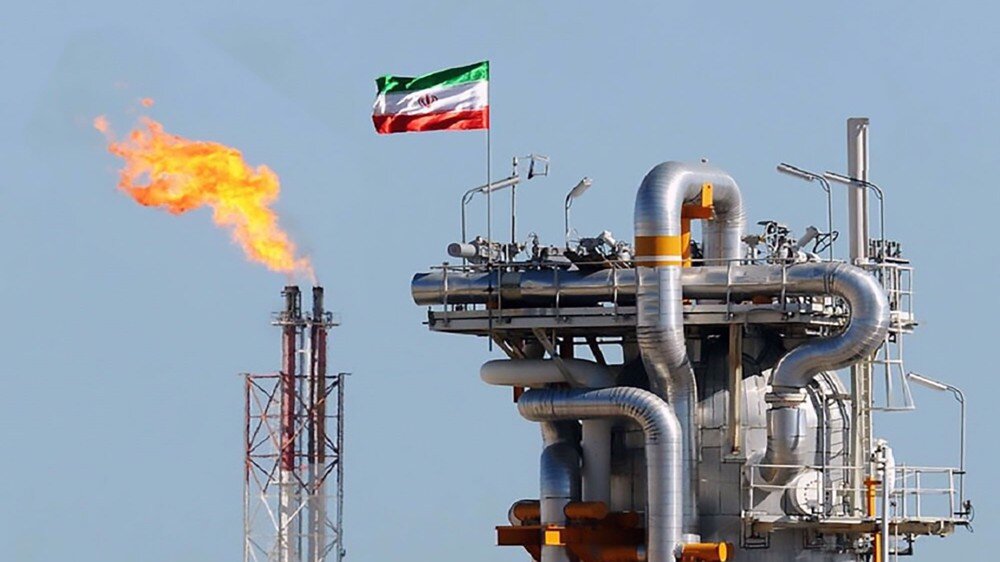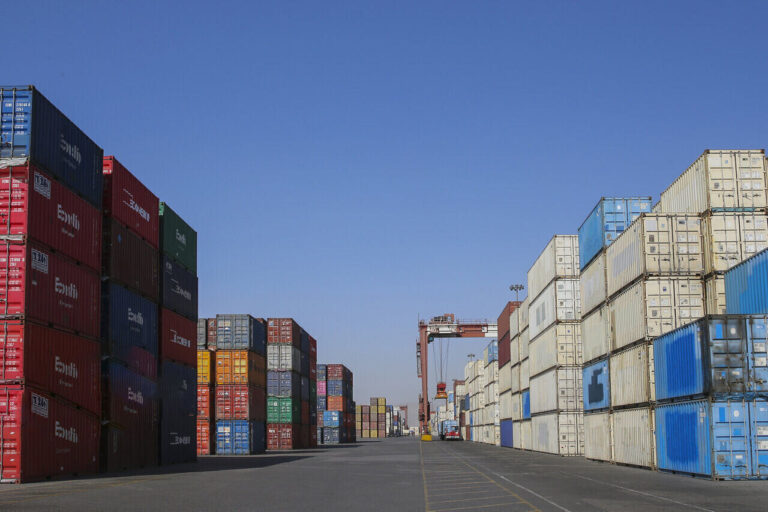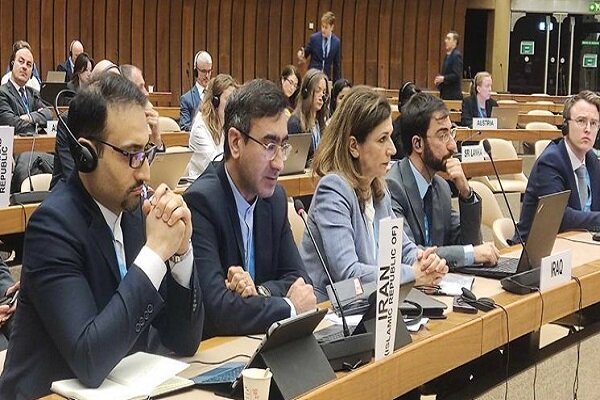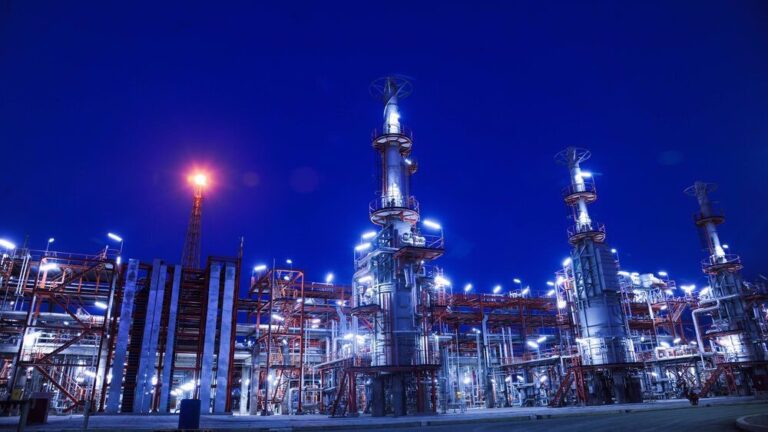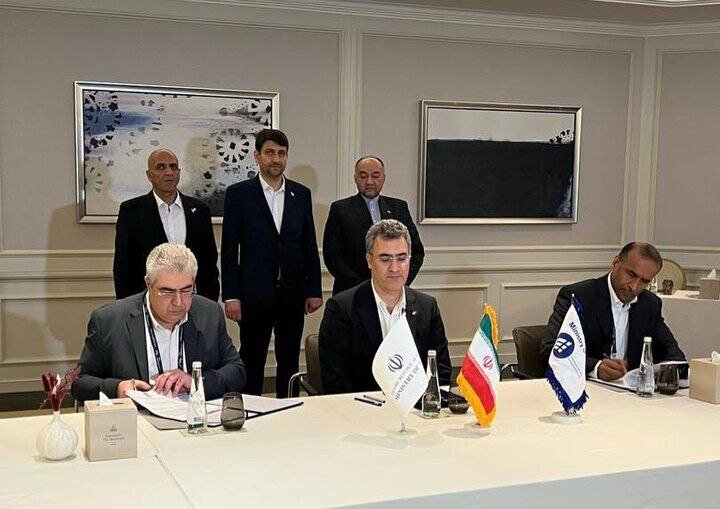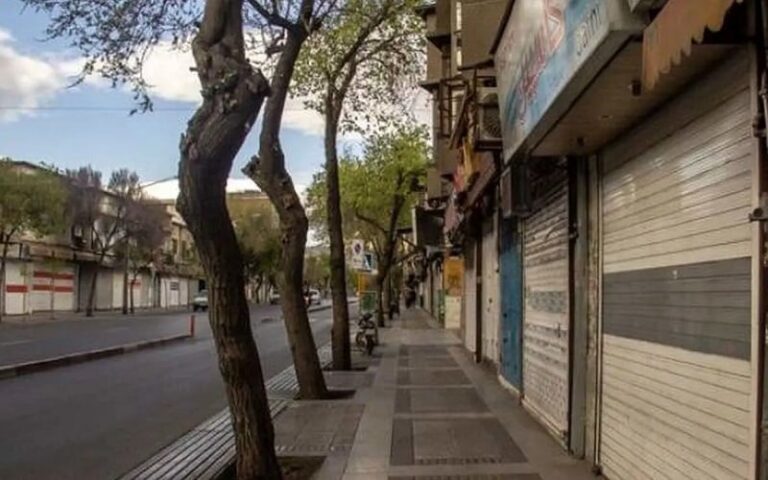Iran Achieves Record Daily Sweet Gas Production of 870 mcm, Reports NIGC
The National Iranian Gas Company (NIGC) has recently reported significant developments in Iran’s natural gas sector, highlighting a daily natural gas injection into the national pipeline network of 870 million cubic meters (mcm). This substantial amount underscores the country’s efforts to meet rising energy demands, especially during a recent cold wave.
On the previous day, the NIGC disclosed that households, businesses, and small industries across Iran consumed approximately 606 mcm of gas, marking a notable 10% increase in consumption compared to the same day last year. The breakdown of this consumption is as follows:
- Households and Small Industries: 606 mcm
- Power Plants: 149 mcm
While the NIGC has provided these figures, it did not specify the export figures or the supplies delivered to large industrial consumers. Additionally, there is currently no available data regarding the amount of sour gas produced from Iran’s gas fields on the same day.
Earlier this month, however, officials announced that the daily production of sour gas had surpassed records, exceeding 1 billion cubic meters. This surge in output is largely attributed to the South Pars gas field, which is recognized as the largest gas field in the world and is jointly operated by Iran and Qatar in the Persian Gulf.
The record-setting levels of both production and consumption of natural gas in Iran coincide with a significant cold wave that has impacted most regions of the country. This weather pattern has led to an increased demand for heating, prompting government actions to ensure energy stability.
In response to the heightened energy demands, government departments, schools, and banks in the capital city of Tehran, along with many other cities, were ordered to remain closed for a second consecutive day. This decision aims to prevent disruptions to power supplies stemming from electricity stations that are connected to the national gas grid.
The implications of these developments are profound for both the economy and the daily lives of citizens in Iran. The following key points summarize the current natural gas situation in the country:
- Daily Gas Injection: 870 million cubic meters into the national pipeline.
- Increased Consumption: 606 million cubic meters consumed, a 10% rise compared to last year.
- Power Plant Usage: 149 million cubic meters consumed by power plants.
- Sour Gas Production: Daily production has exceeded 1 billion cubic meters, primarily from South Pars.
- Impact of Weather: Cold wave driving increased demand for natural gas for heating.
- Government Response: Closure of schools, banks, and government offices to ensure stable energy supply.
These trends highlight the critical role of natural gas in Iran’s energy landscape, particularly during challenging weather conditions. The NIGC’s ongoing efforts to enhance gas production and distribution are essential for meeting both domestic and industrial demands in the face of increasing consumption rates.
Furthermore, as the situation evolves, it will be crucial to monitor how these developments impact Iran’s energy policies and its capability to export gas to neighboring countries. The government’s proactive measures in managing energy resources during peak demand periods will be pivotal in maintaining stability within the sector.
In conclusion, the reports from the NIGC reflect a dynamic and responsive approach to energy management in Iran, especially in light of seasonal challenges. With an eye on sustainable practices and efficient resource utilization, Iran aims to secure its energy future while responding to the immediate needs of its citizens.
